Rabbi Yonassan Gershom is a Hasidic Jew and author of Beyond the Ashes -- Cases of Reincarnation from the Holocaust. Hasitism is a branch of Orthodox Judaism that promotes spirituality and joy through Jewish mysticism. This very ancient mystic tradition is based on the Talmud and the teachings of the more recent Kabbala.
The purpose and method of reincarnation, as it would have been understood by Jesus and his followers, is described by Rabbi Gershom:
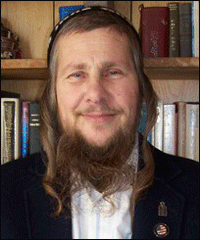
"The goal is to remain in the spiritual world -- to return to The Garden of Eden, that is our metaphor. Once the soul has reached that exalted pinnacle it no longer needs to return to this earth to learn its karmic lessons. Judaism preaches that these elevated beings return voluntarily, sometimes for thousands of incarnations, in order to help the rest of mankind. They are called Zaddakim or 'righteous holy ones'. While some Zaddikim are openly recognized, some come to this earth as ordinary human beings and do their work in disguise, as it were. It is said that there are at least thirty-six hidden Jewish saints on this earth, leading exemplary lives and helping the world turn on its axis."
Peronally, Rabbi Gershom spent most of his time helping reincarnated Holocaust victims who, because of their sudden and traumatic death experiences, had myriad problems adjusting in their new lives. Although there are many cases involving Jews, the Rabbi concentrated on studying survivors who had reincarnated as Gentiles (non-Jews). He believed those were more convincing -- especially when the cases involved a children who had not been exposed to the history or tradition of Jewish culture.

Often these children experienced terrible nightmares in which they were separated from their mothers, made to live in wooden sheds and even burned or buried alive. One child would scream and pat himself with his hands in an attempt to extinguish flames on his clothes. Other children recalled in vivid details how they looked up from a ditch at the black boots and guns of soldiers who covered their face with dirt.
Some children and adults exhibited strange behaviors. One young child would refused to drink milk if the glass were placed on the same table as meat, but he readily accepted juice or water. When his parents tried to force him to drink the milk he would throw the glass on the floor. This was later discovered to be carry-over from his past kosher habits. Some adults experienced terror at the sight of barbed wire, or could not stay in a crowded train station without experiencing extreme panic. Rabbi Gersham documented more than a thousand such cases -- and again, these were non-Jews with little knowledge of Jewish history or culture.
Good life & Bad life
Rabbi Gershom believed, as do Hindus and Buddhists, that it is possible to be reborn in a higher or lower position, depending on how the previous lives were lived. But he said the Jews had a slightly different teaching on this.
"In our teaching it is said that the core group at the Covenant of Sanai always come back as Jews, and that it is a step backwards on the spiritual ladder to be born as a non-Jew. Of course there are some individuals who wander in and out of Judaism but there are those souls who are like lighthouses, that are always there specializing and learning one path very deeply for many incarnations.
Personally, I believe the that the trauma of the Holocaust has driven many Jews from their own religion to seek other spiritual paths. They died thinking, 'If I am being starved and tortured and persecuted because of my religion, then I do not want to be a Jew any more. In their suffering and haste to come back they grabbed the first body they could get. But their souls are still Jewish."
The concept of reincarnation in Hebrew is called gilgul, gilgul neshamot or gilgulei ha neshamot. In Hebrew, the word gilgul means "cycle." Neshamot is the plural for "souls."
The Rabbi tells of five levels to the soul and he defines them as follows:
- 1. nefesh - the biological life force of the body
- 2. ruach - the lower emotional spirit or 'ego'
- 3. nashamah - the individual higher consciousness
- 4. chayah - the collective unconscious of the group
- 5. yechida - the supreme consciousness, unity with God
Levels one and two do not survive death because they rely upon the physical body (brain). But level 3, the nashamah, does survive death and can be consciously developed. It is this level of soul that can remember, between lives, our past incarnations and which helps us choose our next life situation.
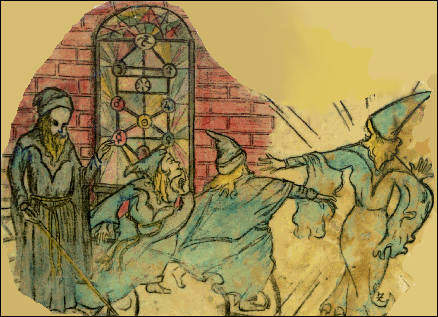
Souls "cycle" through "lives" or "incarnations." These souls attach themselves to different bodies -- human and nonhuman -- over time.
The most basic component of the soul -- called the nefesh -- is always part of the gilgul process. It must leave the physical body at the stage of death but it then moves into another body where life has begun. This is the "cycling of souls."
Level 4, the chayah, is a collective soul that we share with our fellow karmic group -- simiar to Carl Jung's collective unconscious -- while level 5, the yechida, is where we are united with God.
Like Buddhists, Jews believe in a kind of karma which is projected forward in time and will effect the situation of future lives depending on the lessons and development that are needed to attain the perfection of the soul and escape the cycle of rebirth.
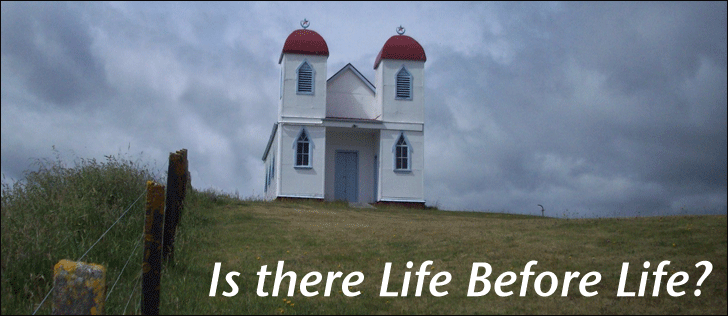

 As promised, I wanted to consider the current religious positions regarding reincarnation. Many people who are exposed to scientific proof of this phenomenon worry that it conflicts with their faith and so they are hesitant to seriously consider its validity.
As promised, I wanted to consider the current religious positions regarding reincarnation. Many people who are exposed to scientific proof of this phenomenon worry that it conflicts with their faith and so they are hesitant to seriously consider its validity.


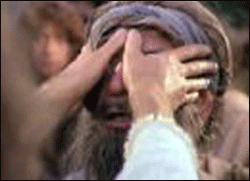 "And as he was passing by, he saw a man blind from birth. And his disciples asked him, 'Rabbi, who has sinned, this man or his parents, that he should be born blind?" Jesus answered, 'Neither has this man sinned, nor his parents, but the works of God were to be made manifest in him.'" (John 9:1)
"And as he was passing by, he saw a man blind from birth. And his disciples asked him, 'Rabbi, who has sinned, this man or his parents, that he should be born blind?" Jesus answered, 'Neither has this man sinned, nor his parents, but the works of God were to be made manifest in him.'" (John 9:1)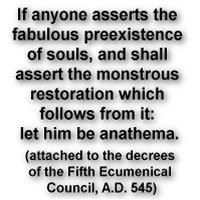 Around 250 AD, a brilliant theologian named Origen understood the teachings of Jesus and wrote about the pre-existence of the soul. He taught that the soul's very source was God (the Father) and that the soul was traveling back to oneness with God via the lessons learned in multiple lives. He taught that Christ came to show us what we can become -- on our own, without the need of an organized religion or church.
Around 250 AD, a brilliant theologian named Origen understood the teachings of Jesus and wrote about the pre-existence of the soul. He taught that the soul's very source was God (the Father) and that the soul was traveling back to oneness with God via the lessons learned in multiple lives. He taught that Christ came to show us what we can become -- on our own, without the need of an organized religion or church.
